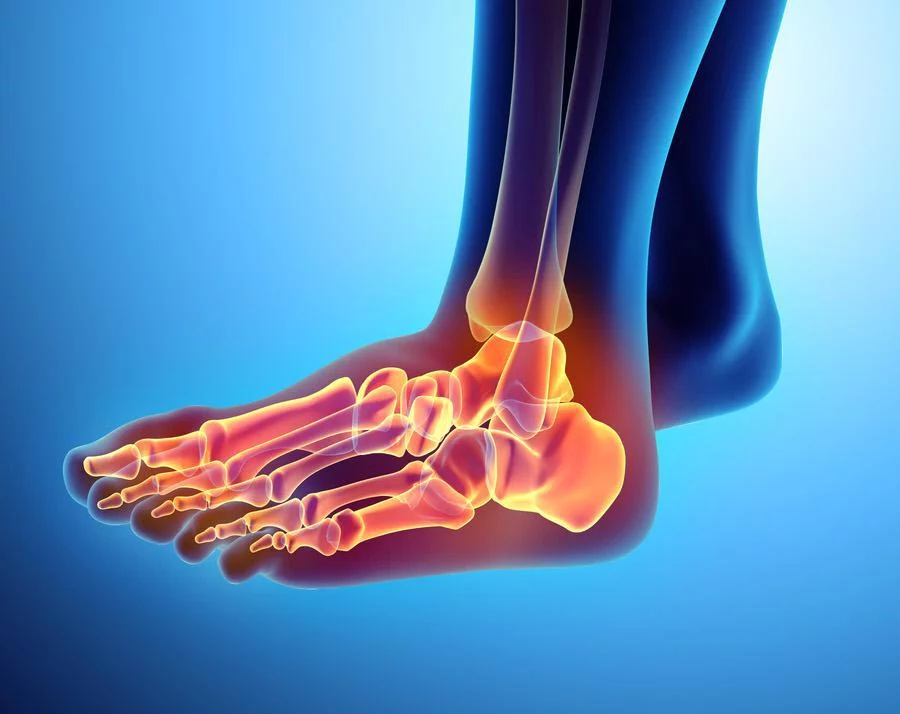What is a Neuroma?
A neuroma — also called Morton’s neuroma — is a small bundle of benign nerve tissue located between bones in the ball of your foot. The most common location is between your third and fourth toes. Symptoms of a neuroma include:
- Pain
- Burning, numbness, or tingling
- Discomfort in the ball of your foot or between your toes
- Feeling like a pebble or rock is stuck inside your shoe
It’s common to feel the pain most when you’re walking, and massaging the area can provide some relief.
What Causes Neuromas?
While the exact cause of neuromas is unknown, there are a number of factors that contribute to their development, such as:
Biomechanical foot deformities, such as high arches or flatfeet
Trauma to the affected nerve
Improper footwear that squeezes the toes together
Repeated stress to the foot, especially for those who walk or stand for work
Neuromas are more common in women since women tend to wear tighter fitting shoes or shoes with pointed toes or high heels, which can put pressure on the toe area. Those with foot problems like plantar fasciitis and hammertoes can also be at risk.
How is a Neuroma Diagnosed?
If you suspect that you have a neuroma, it’s best to visit us immediately since neuromas can get worse without treatment and cause severe pain or disability.
In order to diagnose a neuroma, your provider performs a thorough exam of your foot, including checking your range of motion and various orthopedic tests. They also examine your shoes to determine if your footwear is contributing to your pain.
In most cases, an exam can diagnose a neuroma. If there is any concern about other conditions, you may need additional testing.
How is a Neuroma Treated?
For neuromas causing mild to moderate pain, your provider may recommend changing footwear, massaging or icing your feet, or wearing supportive pads or tape.
Medications like non-steroidal anti-inflammatories and cortisone shots can reduce inflammation of the nerve, and orthotics can relieve pressure on your neuroma. In severe cases, you may need surgery to remove the neuroma.
To find out if a neuroma is causing your foot pain, schedule a consultation online or by phone now.



